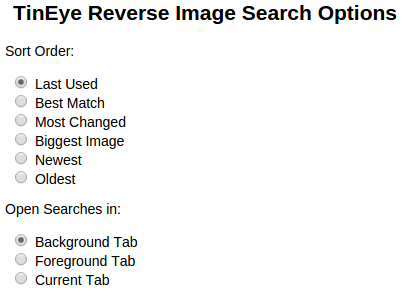Special Report: Money and Lies in Anti-Human Trafficking NGOs by Anne Elizabeth Moore.
From the post:
The United States’ beloved – albeit disgraced – anti-trafficking advocate Somaly Mam has been waging a slow but steady return to glory since a Newsweek cover story in May 2014 led to her ousting from the Cambodian foundation that bore her name. The allegations in the article were not new; they’d been reported and corroborated in bits and pieces for years. The magazine simply pointed out that Mam’s personal narrative as a survivor of sex trafficking and the similar stories that emerged from both clients and staff at the non-governmental organization (NGO) she founded to assist survivors of sex trafficking, were often unverifiable, if not outright lies.
Panic ensued. Mam had helped establish, for US audiences, key plot points in the narrative of trafficking and its future eradication. Her story is that she was forced into labor early in life by someone she called “Grandfather,” who then sold off her virginity and forced her into a child marriage. Later she says she was sold to a brothel where she watched several contemporaries die in violence. Childhood friends and even family members couldn’t verify Mam’s recollection of events for Newsweek, but Mam has suggested that her story is typical of trafficking victims.
Mam has also cultivated a massive global network of anti-trafficking NGOs, funders and supporters, who have based their missions, donations and often life’s work on her emotional – but fabricated – tale. Some distanced themselves from the Cambodian activist last spring, including her long-time supporter at The New York Times, Nicholas Kristof, while others suggested that even if untrue, Mam’s stories were told in support of a worthy cause and were therefore true enough.
…
Moore characterizes NGOs organized to stop human trafficking as follows:
…
Considering their common mythical enemy – the nameless and faceless men portrayed in TV dramas who trade in nubile human girl stock – one would hope anti-trafficking organizations would unite in an effort to be less shady. With names reliant on metaphors of recovery, light and sanctuary, anti-trafficking groups project an image of transparency. Yet these groups have shown a remarkable lack of fiscal accountability and organizational consistency, often even eschewing an open acknowledgement of board members, professional affiliates and funding relationships. The problems with this evasion go beyond ethical considerations: A certain level of budgetary disclosure, for example, is a legal requirement for tax-exempt 501(c)(3) organizations. Yet anti-trafficking groups fold, move, restructure and reappear under new names with alarming frequency, making them almost as difficult to track as their supposed foes.
…
It is a very compelling article that will leave you with more questions about the finances of NGOs “opposing” human trafficking than answers.
The lack of answers isn’t Moore’s fault, the NGOs in question were designed to make obtaining answers difficult, if not impossible.
After you read the article, more than once to get the full impact, how would you:
- Track organizations in the article that: “…fold, move, restructure and reappear under new names with alarming frequency…”?
- How would you gather and share data on those organizations?
- How would you map what data is available on funding to Moore’s report?
- How would you make Moore’s snapshot of data subject updating by later reporters?
- How would you track the individuals involved in the NGOs you track?
The answers to those questions are applicable to human traffickers as well.
Consider it to be a “two-for.”







